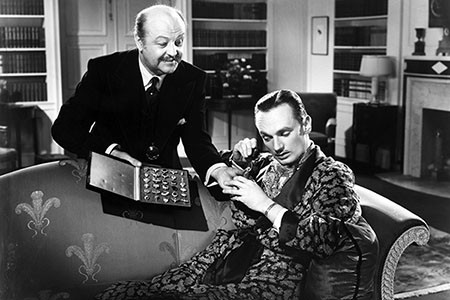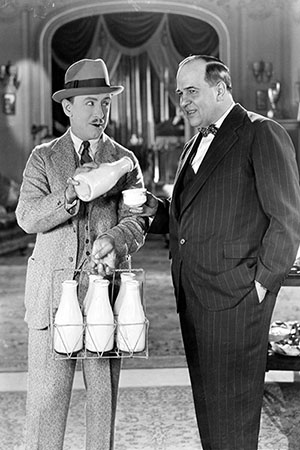 |
| |||

The death of the sales force
There was a time when, if you couldn’t sell yourself, you couldn’t sell the product or service. Today, when everyone knows everything – or thinks they do – the sales function is a lost cause.
24-Feb-20 – I’ve complained for years that the fanciest and most prominent graduate business schools in the United States do not teach their students anything practical about sales. I’m not referring to marketing strategies or tracking and measuring sales; I’m talking about the most basic nuts-and-bolts training in what it takes to make a sale. I think they think that sales training is too pedestrian or vaguely vocational, déclassé, and beneath them. They all teach their students how to keep score – everyone in B-school is a bean counter – but the name of the game is to make the score in the first place. Any mope can keep track of the money. Counting is easy; convincing is hard. Just to be clear, for this training to be successful, salesmanship needs to be as much about learning how to sell yourself as it is about whatever product, service, idea, or cause you’re selling. Because if you can’t convince people that you are credible and authentic – and your name doesn’t happen to be Kardashian – you won’t be able to sell them much of anything. Your pitch needs a purpose – an objective or goal – that both sides of the conversation understand (and context is critical) because you’re always “telling and selling,” as advertising legend David Ogilvie used to say. Story is the way you build effective connections with customers and prospects. Story is how you put the soul and sizzle into your specs and stats. You could be trying to explain, excuse, persuade, educate, inspire, or mislead – but none of these goals will be met if you’re not believable.
Given the way the world is changing these days, these schools may have dodged the sales bullet. Because we may be witnessing the death of the traditional salesperson in many marketplaces, in which case teaching sales skills may be as useful in the future as teaching people to be typesetters or cartographers.
More than 70 percent of Facebook users who watch a product video believe that it was directly relevant to them. The goal, for better or worse, is to remove as much as possible – and ideally, all – thought from the consumption and decision-making process. “I see; therefore I buy.” Jeff Bezos says all the time that people do not want to negotiate the price of the things they buy every day. And that’s the most significant driver of all. If millions of salespeople lose their jobs and face-to-face retail continues to collapse, we’ve only got ourselves to blame because we’re fundamentally lazy. We don’t really want to spend time looking for new products and services. Discovery is overrated as compared with automated replenishment and delivery. We aren’t inclined to switch even though switching costs continue to decline and portability constantly rises. We don’t really want to have to make choices and complicated decisions. Decision fatigue is a real and growing problem given all the noise, clutter, and confusion on the web. We don’t really want to change much of anything that isn’t broken. It’s not that we are so loyal to specific brands today as we once were; it’s that we just don’t really care if the products and services basically get the job done. Just okay – AT&T ads notwithstanding – turns out to be okay enough. And, we really don’t want to be cheated. We want the fairest (i.e., lowest) prices, and frankly, Amazon, Costco, and Walmart have all done a spectacular job of largely convincing us that they are delivering the lowest possible prices and looking out for us in the process. And, of course, we know they don’t work for nothing, so we also believe that they must be adding costs to the whole process. In fairness, there will always be exceptions – Ulta Beauty for consultative cosmetic sales, maybe the Geek squad at Best Buy for help with tech – but by and large, the sales staff’s days are over. The know-it-all curse is also spreading to other areas beyond retail. Ask any internist today how things are going and they will tell you that they feel like glorified order-takers. I’m not talking about oxycodone or Viagra. Patients walk in every day and want the “purple pill” or whatever magical cure-all they saw on TV last week for their affliction without the slightest hesitation or concern. Forget discussing their symptoms or any attempt to evaluate them and then to reach some reasonable diagnosis. They know exactly what they want, and they want it now. End of discussion. They put far more weight these days in the power of a snappy TV jingle and some visuals of very happy campers than they do in their doctor’s opinion. Everyone’s an expert.
By Howard Tullman | Loop North News | h@g2t3v.com
Published 24-Feb-20 2:57 AM
|




